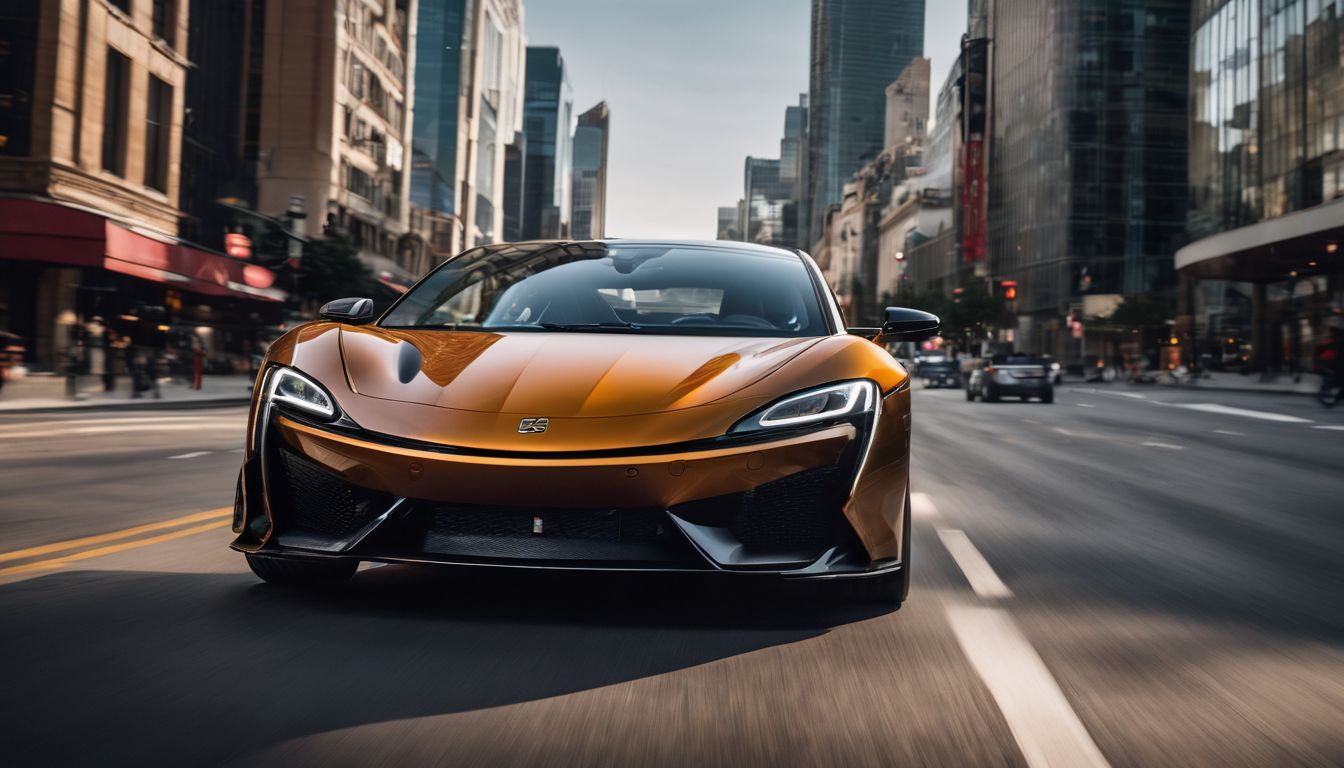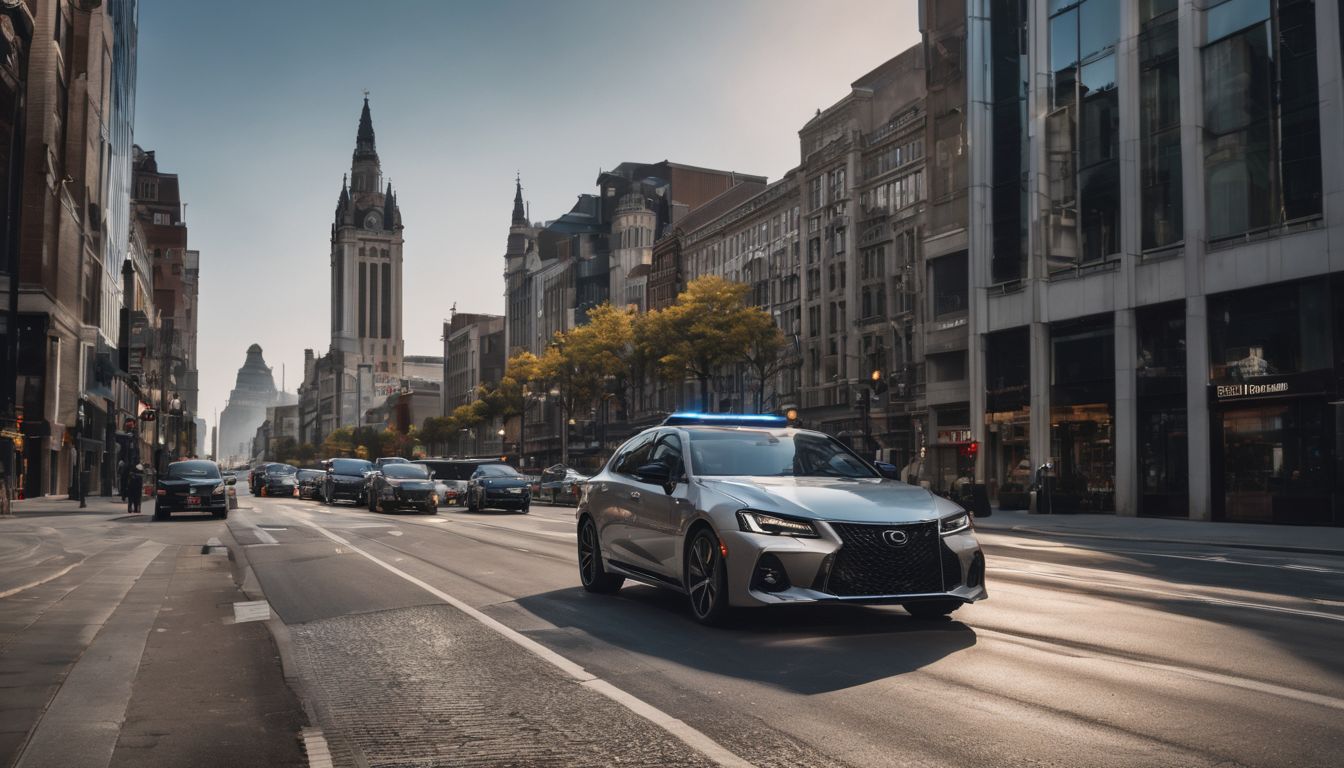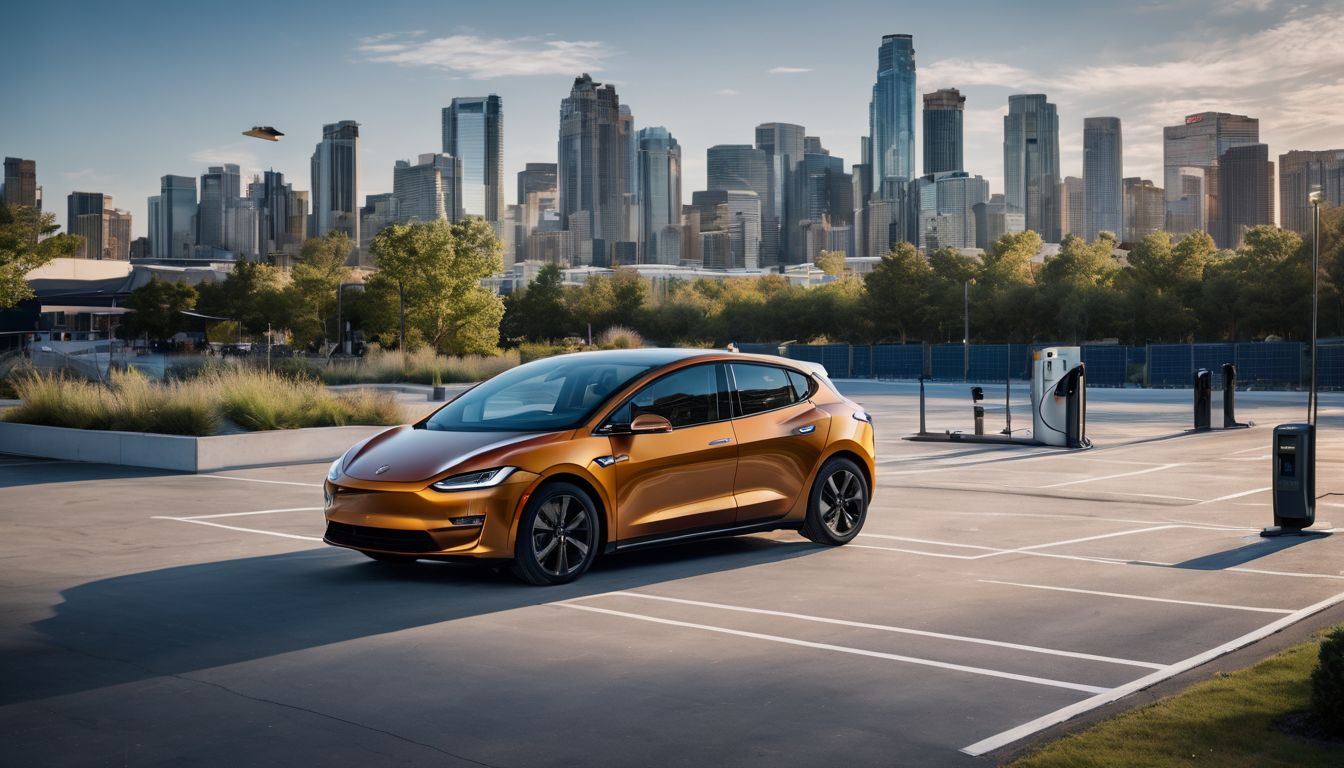Here at Greeniacs, we’ve covered energy!1
History of Car Sharing Programs
Before we get to the excitement of the new all-electric car sharing programs, let’s first take a look at the history of traditional car sharing. Utilizing small electric cars, the Witkar system emerged as one of the first major carsharing programs during the 1970s in the city of Amsterdam, The Netherlands. The Witkar system allowed users to check out cars from one location and drop them off elsewhere—all controlled via 1970s computer technology!2 At the same time, Amsterdam was running its free white bike rental program that more or less failed miserably due to theft.3 The Witkar car sharing program was a bit more successful, having secured financing from a cooperative, and lasted for about 10 years until the mid 1980s.4
In the United States, Flexcar was the first major player in the carsharing game, getting its start in c-private partnership with King County Metro in Seattle, Washington.5 Members paid an annual fee in addition to a specified rate plan, could reserve cars via their phone or the web, and had to return cars to their home location.6 By partnering with transit organizations, Flexcar hoped to provide an alternative for folks who didn’t need a car to commute to work (and so didn’t own a car), but wanted a car for the occasional excursion. Flexcar expanded to cities beyond Seattle, and then merged with Zipcar.7
Zipcar also got its start in the year 2000 in Cambridge, Massachusetts and expanded down the East Coast, with offices in New York and Washington, DC. Given that it followed the same basic structure as Flexcar, it was inevitable that they would collide at some point, and the two companies merged in 2007, creating a nationwide brand. Today, Zipcar has over 9,000 vehicles in around 30 major cities, 650,000 members,8 and a presence on over 230 college campuses.9 Zipcar uses advanced technology to make the experience simple, allowing members to reserve a car up to minutes prior to its use via mobile apps and the internet. A simple card allows the user to unlock the car, with the keys already inside. Like Flexcar, the cars must be returned to their original location.
Today, there are two major new innovations in the car sharing industry—the switch to electric vehicles (EVs), allowing fleets to use renewable energy, and the adoption of a peer-to-peer model which allows people to make money off of the cars they own when not in use, maximizing their investment in the car and reducing the need for buying new cars.
Fleet of Electric Vehicles
First, let’s take a look at the push for EV fleets. Zipcar actually helped pioneer plug-in hybrids, with a pilot program in San Francisco. Interestingly, the program was originally established to allow customers a chance to test-drive plug-in hybrids, with less of an emphasis on greening the Zipcar fleet. Toyota delivered pre-production models of its latest Prius to stations in Boston, San Francisco, and Portland.10 This helped lay the groundwork for the world’s first all-electric car sharing program called Car2Go, sponsored by Daimler AG. Car2Go began in Austin, TX with a 2-year pilot program bringing Smart cars to Austin residents to share, and now the city has partnered with the company to continue the program beyond the pilot!11
In November 2011, Car2Go launched their first fleet of over 300 SmartEDs to San Diego, CA. Up to this point, Car2Go had already established car-sharing programs in several other cities, albeit without electric vehicles. However, Car2Go allows the use to drop off the vehicle at any station (as opposed to returning it to your pickup location). As we saw in bicycle sharing programs, this is a major benefit for the customer, allowing them to use the vehicles as part of a commute. With electric vehicles, there is also the additional wrinkle in ensuring the vehicles are charged. Car2Go has a couple of solutions: The battery charge level is displayed on the rental website, allowing users to choose an appropriately charged vehicle. It also prevents users from renting vehicles with low charges, and has a team of employees that will move the vehicles to the charging stations as appropriate.12 The rate structure for Car2Go is based on a registration fee and then a time-used structure, with the cost going down the longer you use the car.13
As of now, Car2Go has expanded to Amsterdam, Vancouver, Hamburg, Germany, and Vienna, Austria! Word out is that Washington, DC is next, but Daimler AG has not confirmed anything yet… Daimler is also toying with the idea of introducing blended fleets (a mix of electric and gasoline) to existing Car2Go cities.14 Expanding its electric vehicle fleets to new cities provides municipalities a great opportunity to leverage the charging stations with a broader plan for electric vehicle infrastructure. Then, the infrastructure can be combined with a renewable energy portfolio to create a low-impact transportation network.
Paris has also launching an electric car sharing program, but with a different company, Autolib’, and modeled after its Velib’ bike-sharing program. For more on bike sharing programs in general, check out this article: Bicycle Sharing. The Paris program offers different payment structures, including paying per day, per week, or with a yearly subscription.15 Paris is not the only city in Europe to move forward with an EV sharing program, Brussels, Belgium launched its program called “Zen Car” in March of 2011.16
Peer-to-Peer Sharing Programs
The second major innovation is peer-to-peer sharing. RelayRides is perhaps the most popular, at least in San Francisco. Essentially, the company provides the technology infrastructure, while its customers provide the cars. Car owners set their own price, location, and availability, then RelayRides simply installs the necessary technology (fairly similar to the Zipcar technology), eliminating the need for exchanging traditional keys. Car renters can then look up available cars on the website, and sign up accordingly.17 As of now, it is only available in San Francisco and Boston, but with $13 million in venture capital and a partnership with GM allowing them to leverage the Onstar technology, they should surely be coming to a city near you shortly!18
So there you have it. As nice as it might sound, cars simply aren’t going to disappear, much less overnight. We have invested too much in our roads and cars themselves both in terms of culture and resources for them to disappear. However, these two new innovations sure seem like promising ways for us to begin to ween ourselves off our addiction to oil. Not to mention, it’s always more fun to share with everyone!




